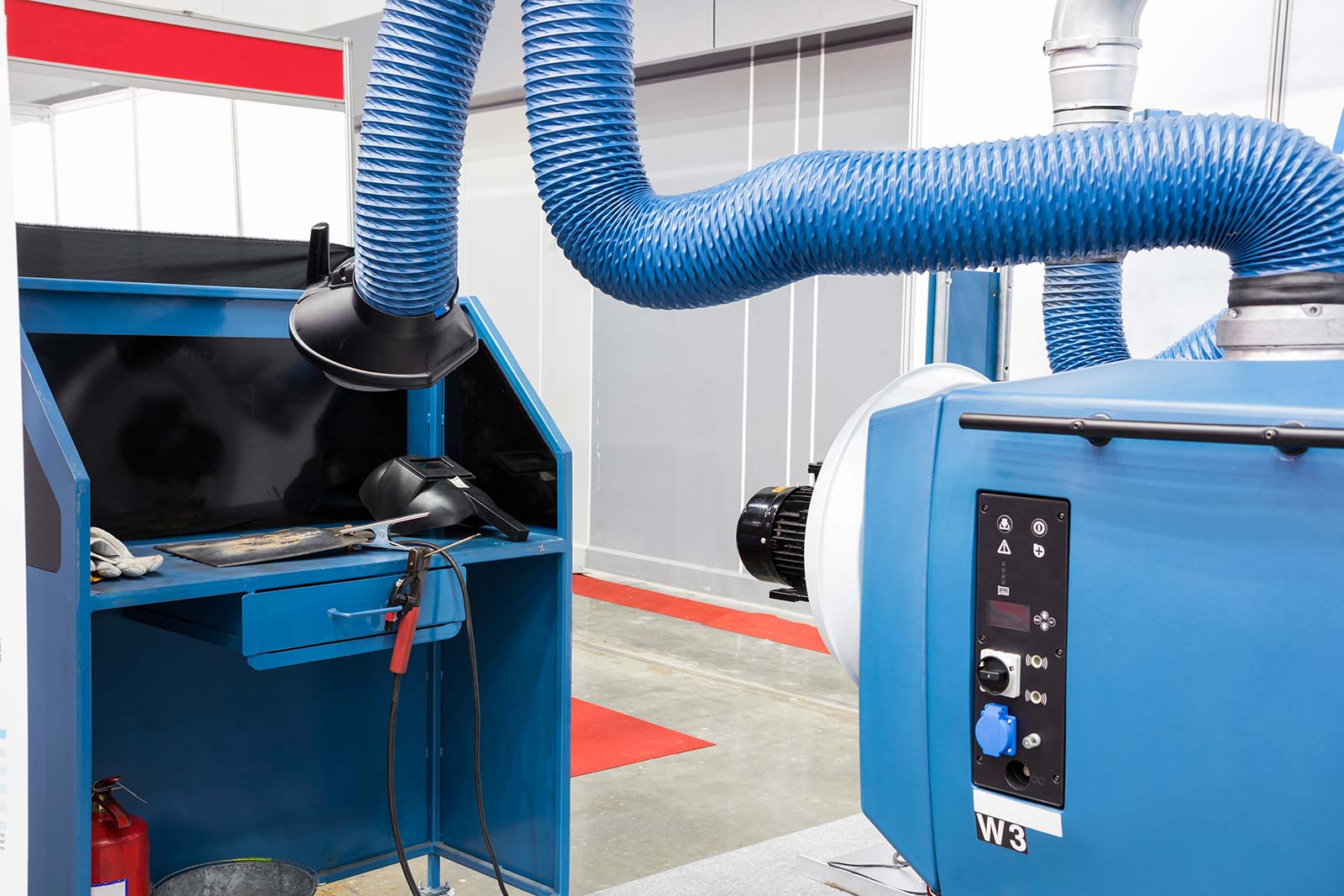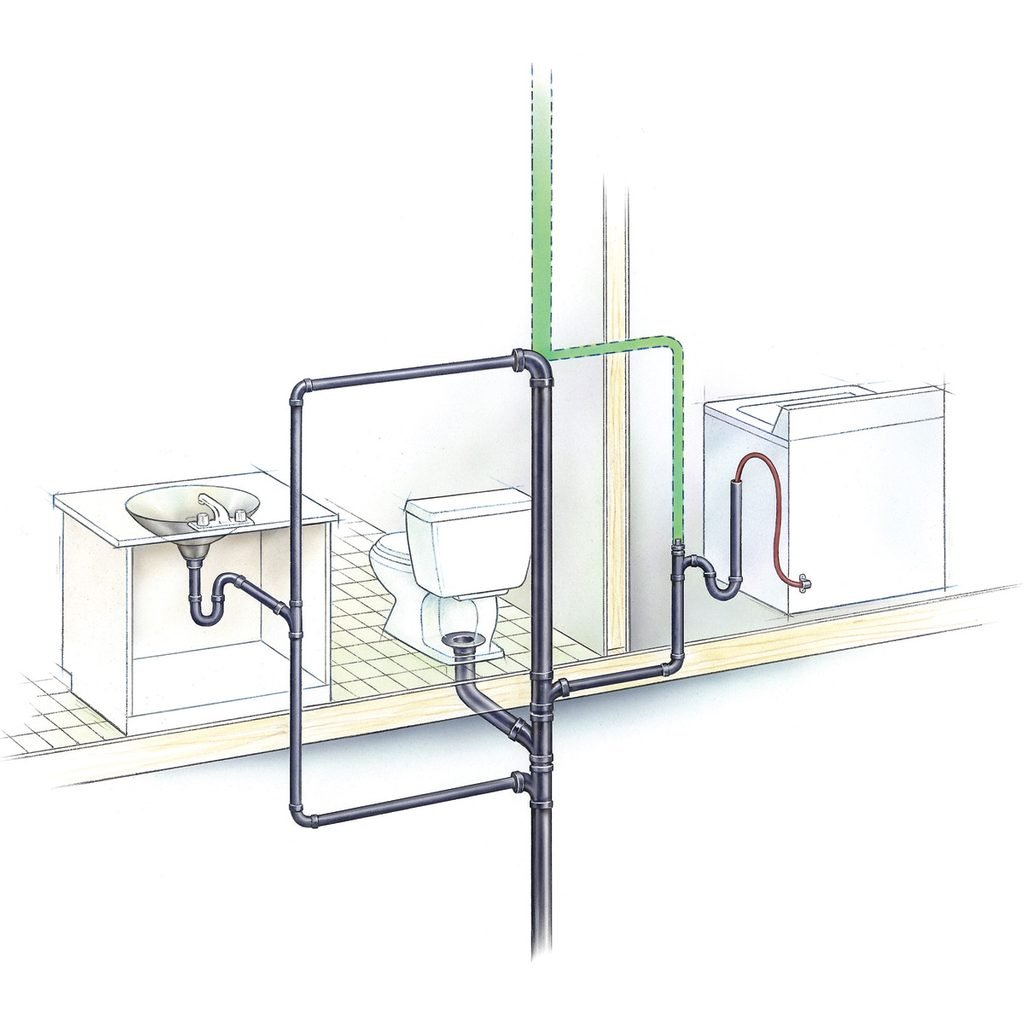Key Advantages for Correct Ventilation in Plumbing Systems
Key Advantages for Correct Ventilation in Plumbing Systems
Blog Article
Nearly everybody is bound to have his or her own assumption on the subject of Essential Plumbing Vent Pipes: Understanding Their Role.

Proper ventilation in plumbing systems is often overlooked, yet it is essential for maintaining the functionality and safety and security of your home's plumbing. Ventilation helps control atmospheric pressure, avoid the accumulation of unsafe gases, and make certain the effective removal of waste. In this guide, we will discover the value of correct pipes air flow, exactly how it works, and the benefits it brings to your plumbing system.
Just How Ventilation Functions in Plumbing Solutions
Atmospheric Pressure Policy
Correct air flow preserves balanced air pressure within the plumbing system. When water streams via pipelines, it displaces air. Without sufficient air flow, this variation can produce negative pressure, resulting in reduce drains pipes or siphoning of water from traps, which can trigger unpleasant smells to permeate into the home.
Preventing Sewer Gas Build-up
Among one of the most crucial functions of plumbing vents is to prevent drain gases, such as methane and hydrogen sulfide, from building up within the home. These gases can posture serious wellness threats and are highly combustible. Vent pipes permit these gases to run away safely outdoors.
Assisting in Waste Elimination
Ventilation assists in the efficient removal of wastewater by avoiding airlocks in the drain system. When air can move freely through the vents, it enables water and waste to move efficiently with the pipes, lowering the danger of blockages and back-ups.
Advantages of Correct Ventilation
Improved System Performance
Appropriately ventilated pipes systems operate more efficiently, with less clogs, faster draining pipes, and less pressure on the pipelines. This performance prolongs the lifespan of the pipes system.
Improved Air Quality
By stopping sewage system gases from entering your home, correct ventilation contributes to far better interior air quality, making your living atmosphere healthier and much more comfy.
Avoiding Water Damages
Appropriate ventilation assists stop water from being siphoned out of catches, which can bring about drain gases getting in the home and creating water damages with time.
Steps to Guarantee Correct Air Flow
Consulting Pipes Codes
Constantly get in touch with local pipes codes when making or changing your plumbing system. These codes offer the needed standards for proper airing vent and ensure your system meets safety and security requirements.
Regular Examination and Upkeep
Normal evaluations can aid identify possible air flow issues prior to they end up being significant troubles. Upkeep jobs, such as cleansing vent pipes and checking for clogs, are crucial for keeping the system in good working order.
Professional Installment
For new installations or significant adjustments, it's smart to hire a specialist plumbing technician. They have the experience to guarantee the air flow system is properly created and set up according to code.
Understanding Ventilation in Plumbing
Air flow in pipes refers to the network of pipelines that permit air to flow via the water drainage system. These vents offer numerous purposes, consisting of controling atmospheric pressure within the pipes, protecting against sewage system gases from going into the home, and aiding in the smooth flow of wastewater.
Types of Pipes Vents
Key Heap Vent
The primary stack air vent, also called the air vent pile, is the main air vent in a pipes system. It extends from the primary drainpipe line up through the roof covering, enabling gases to get away and fresh air to enter the system.
Branch Vent
Branch vents attach to the main stack vent and offer individual fixtures, such as sinks, commodes, and showers. These vents guarantee that each component has sufficient air flow to operate correctly.
Air Admittance Shutoff (AAV).
An Air Admission Shutoff (AAV) is a one-way shutoff that enables air to go into the pipes system without the need for a conventional vent pipeline expanding with the roofing system. AAVs are typically utilized in improvements or locations where setting up a basic vent is impractical.
Signs of Poor Air Flow in Pipes.
Slow Draining Fixtures.
If your sinks, bathtubs, or toilets are draining slowly, maybe an indicator of bad air flow. Inadequate air flow can develop a vacuum cleaner impact, making it hard for water to drain pipes correctly.
Gurgling Sounds.
Gurgling sounds coming from drains are frequently a result of air being drawn with water traps due to unfavorable stress in the pipes. This is a clear indicator of not enough air flow.
Unpleasant Odors.
Sewage system smells inside your home are a red flag that your plumbing system is not appropriately ventilated. This might indicate that drain gases are not being adequately vented outside, bring about potentially unsafe problems.
Typical Ventilation Blunders.
Insufficient Vent Sizing.
Making use of undersized air vent pipes can result in poor air circulation and stress discrepancies in the system. It's vital to make use of vents that meet the specific requirements of your pipes system.
Improper Vent Placement.
Positioning vents as well far from the components they serve can lower their efficiency. Correct placement ensures that air can flow openly and efficiently with the system.
Disregarding Code Requirements.
Building ordinance provide certain standards for plumbing air flow. Overlooking these codes can result in a system that stops working to work appropriately and might lead to costly repair work or carcinogen.
Verdict.
Proper ventilation is an essential part of any kind of pipes system, making certain that it operates effectively and safely. By comprehending the significance of ventilation, recognizing the indicators of inadequate air flow, and taking actions to maintain your system, you can avoid expensive issues and secure your home's air top quality.
4 Things You Should Know About Your Plumbing Vents
What Plumbing Vents Are
Also called a vent stack, a plumbing vent is a vertical pipe attached to your drain line that runs through your roof. The plumbing vent pipe, or plumbing air vent, removes gas and odors from your plumbing system and allows fresh air to enter the pipes, helping the water to flow out of the drain pipes.
What Plumbing Vents Do
Plumbing vents have two basic functions. One of which is to allow unpleasant smelling wastewater and sewer gasses to escape your plumbing system instead of entering your home. Plumbing vent pipes are typically located on roofs, away from windows, to ensure the fumes exit the home completely.
The other function of the plumbing vent is to move fresh air into your plumbing system. This helps move water through every plumbing fixture in your house, like toilets and sink drains. Think of the way in which you need to let a little air into the bottle as you pour soda in order to make the drink flow smoothly.
Different Types of Plumbing Vents
True vent: This is the most common vent option. In simplest terms, a true vent is a vertical pipe attached to your drain line that exits through the roof. They often function as the main vent that other fixtures can connect to. Re-vent pipe or auxiliary vent: Attached to the drain line near specific plumbing fixtures, re-vent pipes run up and over to connect to the main vent. Common vent: Two plumbing fixtures installed on opposite sides of a wall are typically tied into the vent stack using something known as a sanitary cross. Wet vent: This venting option operates as a drain pipe and a vent at the same time. Wet vent drainage systems drain water from one fixture while venting the air from another. Although they’ve been used for over 100 years, wet vent systems have only recently been added to the plumbing code in many areas. If you’re planning on installing one in a bathroom remodel, make sure you check your local code prior to construction. Loop vent: For free-standing fixtures like kitchen island sinks, loop vents are ideal. These vent pipes run under the floor, rise from the P-trap, and create a loop inside the cabinet sink. Air admittance valve: An AAV is a one-way mechanical valve typically installed at the site of the plumbing fixture. AAVs allow venting to occur without having to tie into a larger venting system. They’re ideal for venting fixtures where you aren’t able to easily connect to an existing vent system. Common Plumbing Vent Issues
Although vent pipes typically don’t have water flowing through them, they’re still subject to many typical plumbing issues. For example, clogs are one of the most common problems associated with sewer vent pipes. If your vent pipe gets clogged, all of your plumbing fixtures tied into the vent stack will be affected.
A sink with a slow drain that bubbles and gurgles or a strong sewage smell around your toilet are both indicators that your toilet vent pipe is clogged. Because most vent pipes exit through the roof, old leaves, twigs or even a bird’s nest could be clogging the pipe.
Clogs in your vent pipe system cause a buildup of negative pressure, meaning that water won’t be able to flow out of your home very well. It’s similar to putting your finger over the opening of a straw to trap water inside. When you remove your finger, the water is able to flow out of the straw.
If you suspect you have any blockage in your vent, make sure you have a professional come examine the situation. Left unchecked, a blocked air vent can lead to other costly repairs, like leaks and sediment buildup.
Under Pressure
Pipe vents are essential aspects of a home’s plumbing system. Owning a home means learning about all sorts of things you never put much thought into before. But by understanding as much as you can about the important systems of your home, you can keep those budgets intact and those anxiety levels low.
https://www.homeserve.com/en-us/blog/home-improvement/plumbing-vents/

We are very occupied with What Is A Plumbing Vent & How Do They Work? and I am assuming you appreciated my entry. Sharing is caring. You won't know, you may just be doing someone a favor. I thank you for reading our article about What Is a Plumbing Vent and Why Is It Important.
Call Today Report this page